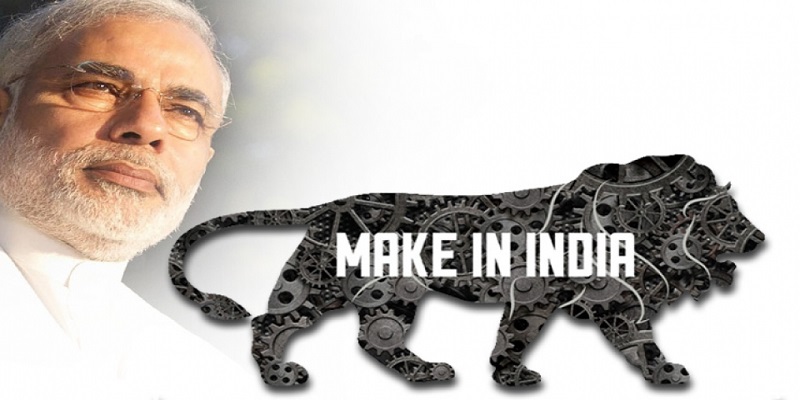The manufacturing sector has been a focus area of the Modi government is last four years since the launch of ‘Make in India’ programme. In the last term, Make in India worked out for a few sectors like smartphone and electronics manufacturing. However, manufacturing slowed down in the last few months before the election due to various factors including implementation of Model Code of Conduct. Many government projects were stalled due to MCC and even the private sector was waiting for the new government to get elected to finalize the projects. By the last phase of the elections, it became very much evident that Modi government is coming back to power with full majority.
Therefore the private sector investment in new projects revived once again. Nikkei Purchasing Manager’s Index (PMI) rose to 52.7 in May compared to 51.8 in the month of April. Any number above 50 indicates the expansion in manufacturing activity while a score below this indicates contraction. There are few more positive signs in the economy, the rupee ended at 69.26 rupees compared to the dollar, 44 paise higher. The bond yield has been at lowest since 2017 (Bond yields rise when the value of bond goes down and value goes down when demand is less. The demand for bonds depends on the health of the economy and government finances) which means the investors are showing more confidence in the government is very high. “A revival in new order growth promoted a faster upturn in manufacturing production, as Indian firms sought to replenish inventories utilised in May to fulfil strengthening demand,” said Pollyanna De Lima, principal economist at IHS Markit and author of the report.
The quarterly growth reached moderated to 5.9 percent in the last quarter which is the lowest in the last five years of Modi government. However, this could not be seen as a general slowdown in the economy and typically growth slows down due to the installation of projects a few months before the election. On the positive signs in macroeconomic indicators, Department of Economic Affairs (DEA) secretary tweeted, “Turn around in demand and financing conditions beginning very well. PMI manufacturing is at 52.7. Crude is moving towards 60 dollars. Govt bond yield has gone below 7%. Spread for NBFCs/HFCs over Govt bond is narrowing. Rupee is firmly below 70. Sure signs of coming high growth.”
Turn around in demand and financing conditions beginning very well. PMI manufacturing is at 52.7. Crude is moving towards 60 dollars. Govt bond yield has gone below 7%. Spread for NBFCs/HFCs over Govt bond is narrowing. Rupee is firmly below 70. Sure signs of coming high growth.
— Subhash Chandra Garg (@Subhashgarg1960) June 3, 2019
Some major sectors like automobile and defense need more push for domestic manufacturing. These sectors could create large scale employment and lead to value addition in GDP. As per a report of Observer Research Foundation(ORF), a premier think tank, “despite having the fifth-largest defense budget in the world, procures 60 per cent of its weapon systems from foreign markets while Pakistan has sold more weapon systems to foreign customers than India”.
The global climate is also favorable for Make in India as a trade war is going on between the US and China. America is the largest outsourcer of manufacturing jobs and China is ‘factory of the world’. But in the changing global political climate and domestic conditions in the Communist country, China could no longer hold its position. In the last few years, labour price has risen exponentially in China and therefore manufacturing is no longer cheap in the country. The companies are looking for cheap alternatives to outsource manufacturing activities and this could be a golden opportunity for India.
